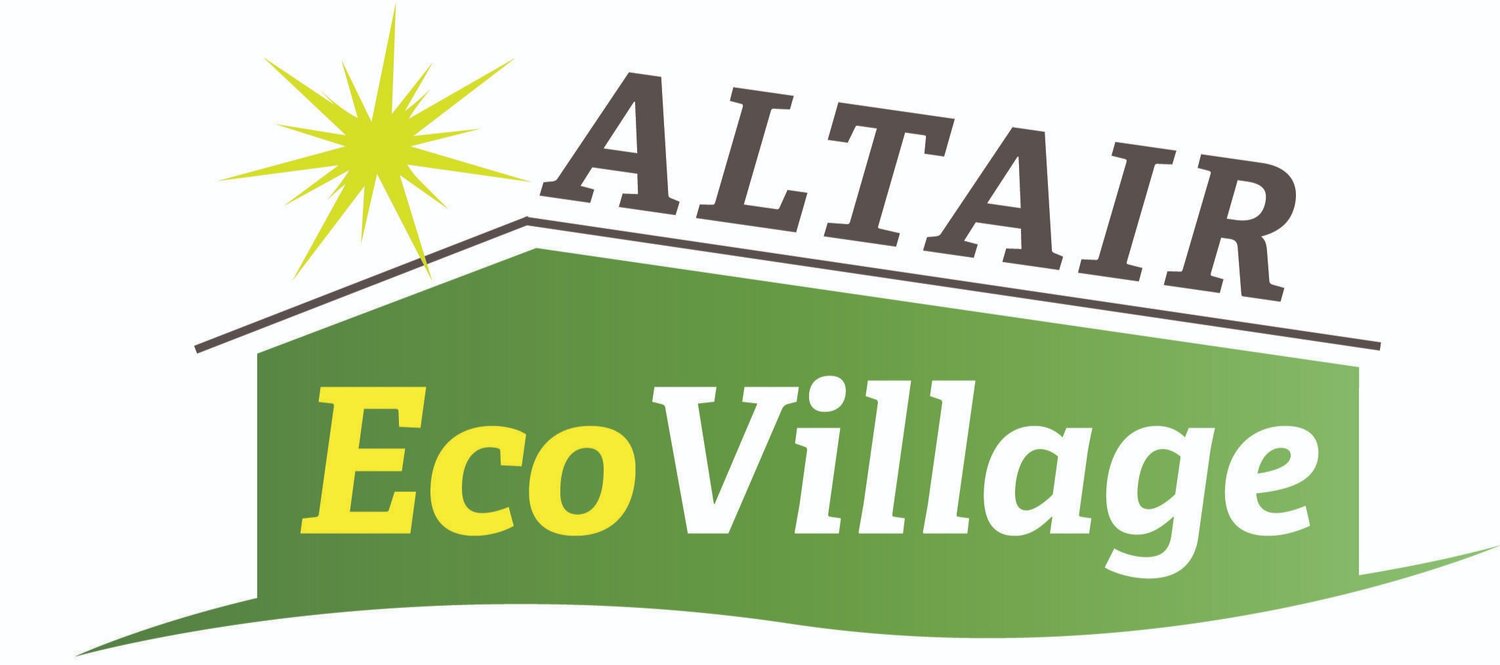History of Kimberton
/Welcome back!
Kimberton Village, dating from the 18th century, is full of history. Kimberton is both a National Registered Historic District and a Pennsylvania State-certified Historic District. Kimberton Village’s historic district is made up of 62 buildings and two structures. At the heart of Kimberton is the intersection of Kimberton Road and Hare’s Hill Road. The intersection is the only one in Chester County with well-preserved 18th century historic resources on all four corners. . On one corner was the Sign of the Bear Tavern, which was both a tavern and a stagecoach stop for travelers. George Chrisman operated the Tavern without benefit from 1746 or earlier, finally being licensed in 1771. This property now houses Joan Conroy Interiors. On the northeast corner was Chrisman’s still house, before ironically becoming Emmor Kimber’s Boarding School Inn, a temperance house he operated for visiting parents whose daughters attended the boarding school. The property now The Kimberton Inn.
The intersection of Kimberton and Hare’s Hill, right in the center of Kimberton.
The southeast corner is the current post office. Dating back to 1796, the building was originally one of George Chrisman’s Mills. Lastly, the southwest corner and was originally Chrisman’s farmhouse. . In 1817, Emmor Kimber bought 265 acres of what had been Chrisman’s lands, including three of the four corners (all except the tavern). Kimber, born Quaker in 1775, arrived in the area in 1817 and quickly rose to local fame as an advocate of progressive causes, the first postmaster of the Village that bears his name, a leading local member of the Hicksite Separation from the Orthodoxy, and ultimately a conductor on the underground railroad. Kimber added another wing to the farmhouse and created the French Creek Boarding School for Girls. The school opened in 1818 at a time when it was revolutionary to educate women. In November 1820 the property was sold in a sheriff’s sale to cover Kimber’s debt on a $6,000 defaulted pledge to the Pennsylvania Hospital. Kimber’s friend William Stevenson bid the property in for him, allowing him to stay in possession; he continued to operate the school until its closing in 1848. During its time, the school played a very important role as a stop on the Underground Railroad. A secret room in the school was used to shelter escaped slaves passing through to safety in New England and Canada. The building is now known as Kimber Hall. Emmor Kimber passed away in 1850 and is buried at the Kimberton Friends Burial Ground, which is now the Centennial Evangelical Lutheran Church.



